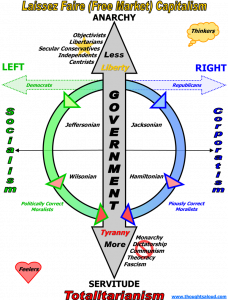 The Future of Gold
The Future of Gold
Many know that I have been advocating the purchase of gold, because of impending inflation for some time, and that I put all of my savings where my mouth is over two years ago. Now that rampant inflation is upon us, many are wondering why gold prices are not going up.
In a must read article for those interested in the subject of our economy, David Vaughn reveals that Citigroup in an internal client note is predicting that gold may punch through the $2000 per oz. range next year:
“Citigroup says gold could rise above $2,000 next year as world unravels. Gold is poised for a dramatic surge and could blast through $2,000 an ounce by the end of next year as central banks flood the world’s monetary system with liquidity, according to an internal client note from the US bank Citigroup.†“Citigroup said the blast-off was likely to occur within two years, and possibly as soon as 2009.†“Gold has tripled in value over the last seven years, vastly outperforming Wall Street…â€
In a related article, there is an excellent analysis with some revealing charts, of what is happening to gold on the commodities market:
While we see signs of “big money†moving into gold through machinations occuring with respect to “deliveries†at COMEX, there are other ‘tell tale’ signs that demand for physical metal is in fact SOARING. This is reflected by the recent decoupling of the price of COMEX gold futures and real costs one must incur to obtain physical ounces in coin or bar form. The premiums being paid for physical ounces have decoupled to the point where leading gold web sites now routinely list current ebay pricing for gold bars and coins to achieve “accurate†real world pricing for physical metal.
I had heard that high premiums must be paid to obtain gold and silver in convenient coin form, but since I have not personally bought or sold any for a couple of years, I was not aware that coin prices are now quoted from e-bay prices, pretty much ignoring the traditional “spot” commodity prices. Investigating that here, I note that a one ounce gold coin is now worth almost $1000, even though the market price for gold is in the mid $700 range.
Finally, for an excellent explanation of what the Fed is up to, read “U.S. Fed Monetizing Debt by Printing Money.” As an example:
How does the Fed get its money? It doesn’t need to borrow it; it merely creates an entry into its balance sheet. All the Fed requires to “print†money is a keyboard connected to a computer. The difference between the Fed and the Treasury issuing money is that the Treasury needs to get permission from Congress before selling bonds. In this context, it shall be mentioned that physical cash (coins, bank notes) are entered as liabilities on the Fed’s balance sheets; they are rather unique liabilities, however, as you can never redeem your cash: if you went to a bank, the best you can hope for in return for your dollar bill is a piece of paper that states that the bank owes you one dollar. While it is possible for central banks to remove cash in circulation, they are not obliged to do so.
As I keep saying, buckle up and be prepared. Even at $1000 per oz. gold is incredibly cheap right now, is unlikely to get any cheaper, and may very well go through the roof as the wheels keep coming off our economy. â—„Daveâ–º
